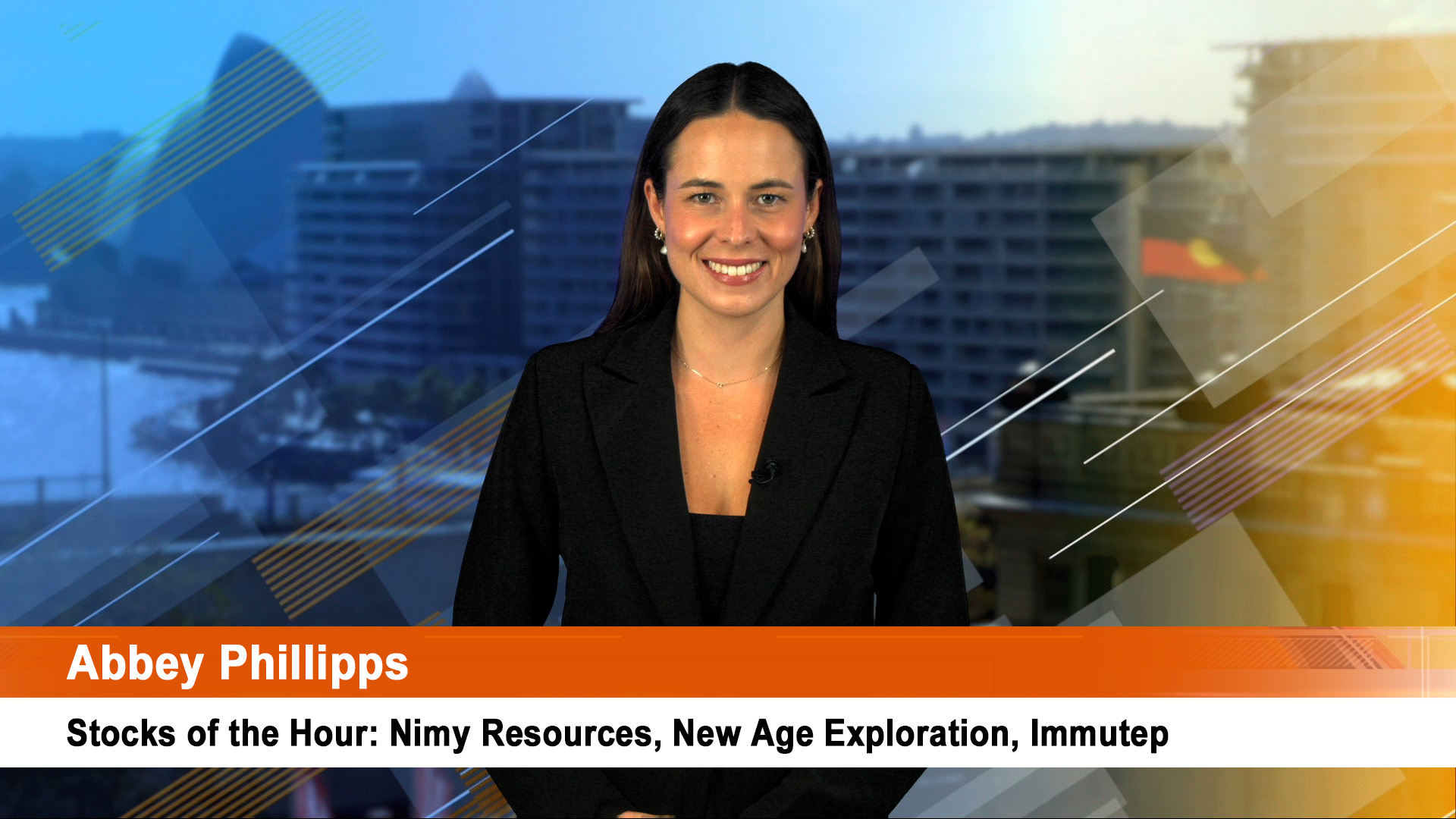Qantas’s $1.86 billion raising is the second biggest so far in the COVID-19 crisis after the NAB’s massive $4.25 billion in May.
The detail in presentations to investors reveal the airline will spend the next two years hacking and slashing at its businesses, staffing levels and facilities with full benefits of the changes not emerging until 2023.
The airline wants $1.360 billion through a placement with fund managers, and a non-underwritten share purchase plan for eligible existing retail shareholders of up to $500 million.
That will be the big task even though retail shareholders have been loyal to the airline in recent years. The NAB also found a strong sense of loyalty, boosting the size of its retail offer to $1.25 billion from the original target of $500 million as small shareholders flocked to invest.
The Qantas placement is at a price of $3.65 per share comes at a 13% discount to Qantas’ last trading price of $4.19.
CEO Alan Joyce had ruled out an equity raising in early May, but on Thursday said the capital injection would allow Qantas to “accelerate” its recovery from the COVID-19 crisis.
The reorganisation of the business will cost around $1 billion, including $600 million in redundancy payments. The raising will also safeguard Qantas’ investment-grade credit rating, which Mr Joyce said would mean it could still borrow money at cheap rates.
Mr. Joyce said he had every intent on buying a fleet of new A350s from Airbus once Qantas is flying again, so it can launch its “Project Sunrise” – non-stop flights to London or New York.
In a presentation to investors yesterday Qantas said it expected “to report a breakeven to small FY20 Underlying PBT (FY19 $1.3b).”
Statutory one-off charges of approximately $2.8 billion were expected in the June 30 accounts (much of will be impairment write-downs in the value of planes parked or retired).
The airline said it expects cash flow from operations of $1.2 billion in the 2020 financial year.
Mr. Joyce told investors a “solid recovery expected for domestic flights however most international flights cancelled through to late Oct-20.” He says Qantas’ earnings (are) “expected to recover at a faster pace than global peers supported by solid demand for domestic flights, strong domestic market share, and Qantas Loyalty earnings
“The pace of recovery is a clear focus for Qantas and represents an opportunity to restructure the business,” he said.
Mr Joyce said the “Recovery Plan tasked with ‘right-sizing’ and ‘restructuring’ the business to accelerate recovery and to partially offset revenue lost as a result of the impact of COVID-19
It targets $15 billion in benefits over three years, comprising $2.4 billion of ‘restructuring’ benefits, with some benefits to continue to flow in future years; Initial $2.6 billion ‘right-sizing’ initiatives to reduce the workforce and supplier costs whilst activity is low – $4.0 billion in direct savings as a result of activity reductions and $6.0 billion of activity-based fuel savings”
Mr Joyce said the airline is looking at annual ongoing ‘restructuring’ benefits estimated to be $1.0 billion from FY23 onwards. The estimated total costs of $1.0 billion to deliver ongoing ‘restructuring’ and ‘right-sizing’ benefits “mostly realised during FY21.”
Qantas said that following completion of the Equity Raising its Pro-forma net debt of $4.7 billion as at May 31, 2020, excluding the retail offer proceeds, within the net debt target rang. Total liquidity position expected to be $4.6 billion, excluding the SPP proceeds.













